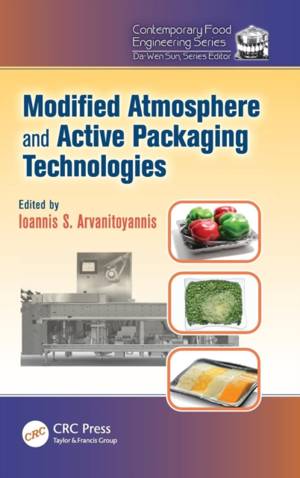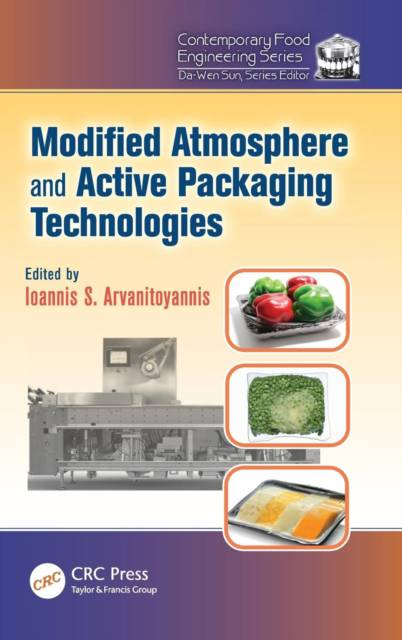
- Retrait gratuit dans votre magasin Club
- 7.000.000 titres dans notre catalogue
- Payer en toute sécurité
- Toujours un magasin près de chez vous
- Retrait gratuit dans votre magasin Club
- 7.000.0000 titres dans notre catalogue
- Payer en toute sécurité
- Toujours un magasin près de chez vous
Modified Atmosphere and Active Packaging Technologies
Description
Many factors are relevant in making the proper choice of food packaging material, including those related to shelf life and biodegradability. To meet these demands, new processing and preservation techniques have arisen, most notably modified atmosphere packaging (MAP) and active packaging (AP). Modified Atmosphere and Active Packaging Technologies presents an overview of the current status of MAP and AP, exploring techniques, methodologies, applications, and relevant legislation.
For clarity and easy reference, the book is divided into seven convenient sections:
- Principles, Materials, Gases, and Machinery for MAP provides a basic overview of the topic and defines modified atmosphere, controlled atmosphere, and active packaging.
- Safety and Quality Control of MAP Products examines the effect of MAP on various foods and discusses governmental control mechanisms to ensure food safety.
- Applications of MAP in Foods of Animal Origin explores how MAP can be used in fish, meat, poultry and dairy products.
- Applications of MAP in Foods of Plant Origin discusses MAP for cereals, minimally processed vegetables, fruits, and bakery products.
- Other Applications of MAP reviews MAP's use in ready-to-eat (RTE) foods and coffee, tea, beer, and snack foods.
- Active Packaging and its New Trends examines issues related to nanotechnology and bioactive packaging.
- Consumer Behavior/Sensory Analysis and Legislation covers legislation in the European Union, the United States, and Canada and presents conclusions and new issues on the horizon.
From the very basics (films, gases, techniques, and applications) up to the latest advances (nanotechnology and bioactive compounds), this book covers nearly all issues related to MAP and AP, providing an essential reference for food scientists and engineers, agriculturalists, chemists, and all those on the cutting edge of food packaging.
Spécifications
Parties prenantes
- Editeur:
Contenu
- Nombre de pages :
- 826
- Langue:
- Anglais
- Collection :
Caractéristiques
- EAN:
- 9781439800447
- Date de parution :
- 26-06-12
- Format:
- Livre relié
- Format numérique:
- Genaaid
- Dimensions :
- 157 mm x 234 mm
- Poids :
- 1256 g

Les avis
Nous publions uniquement les avis qui respectent les conditions requises. Consultez nos conditions pour les avis.





